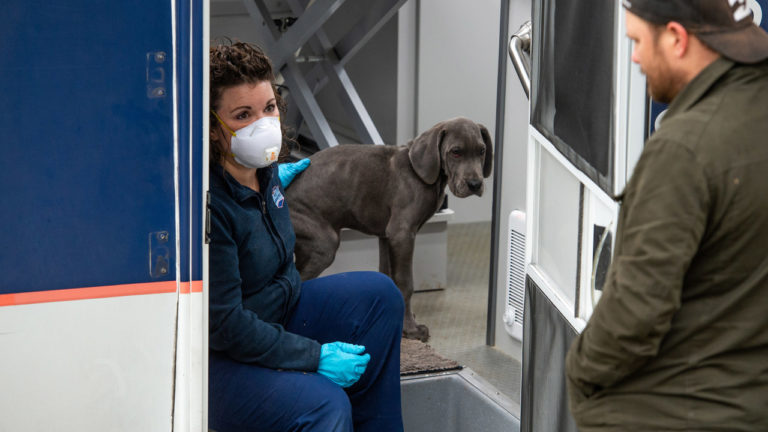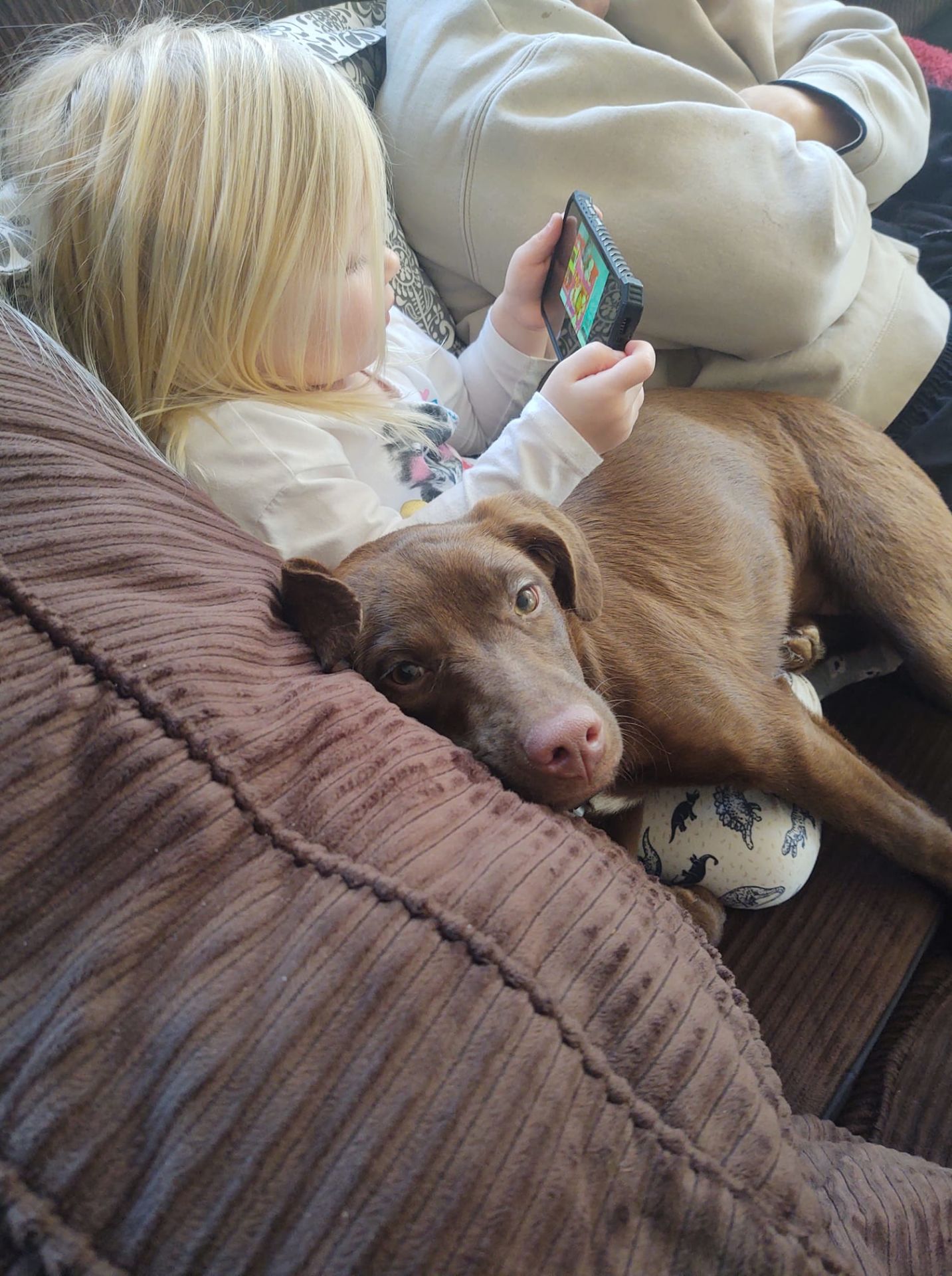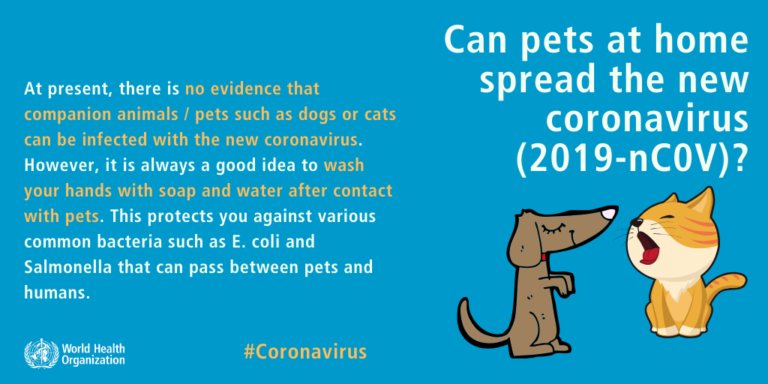2020 was a year in which much of our time was spent in various forms of regulated or self-imposed distancing from other humans. We are creatures with a primal desire to be in contact with other living beings. Lockdowns, shutdowns, social distancing at our favorite gathering places meant that any human-to-human contact was mostly limited to zoom or other electronic contacts. The void forced us to look to other species to satisfy our companionship needs, mainly four-legged ones, our domestic pets. Mostly dogs and cats, but also birds, fish, turtles and more. If you have cats, products like a fountain to help your cat drink more can make sure that your pets wont’ suffer from dehydration.
Over centuries we have anthropomorphized our domestic pets, interpreting their facial expressions and shows of affection or displeasure, understanding barks and meows as forms of humanlike communication. This is not to say it’s not the case, but in times when we are deprived of our usual human-to-human contacts, this relationship with our pets becomes more important, and they truly are “man’s (and woman’s) best friend”.
The Upside: (1) Domestic Pets for Companionship and Assistance
The benefits of having a companion animal are tangible. According to Iris Smolkovic, a psychologist who works with the UK-based assistance dog charity Dogs for Good, interacting with an animal can lower your heart rate, blood pressure, and cortisol levels while increasing the production of feel-good hormones like dopamine and oxytocin.
Considering how anxiety-inducing isolation is, any mood boost is a welcome addition. Having a pet also may reinforce abilities to keep to daily exercise and structure. They bring humor with their antics, which is important for stress relief.
When it comes to dogs, they could even be useful to help us detect COVID, thanks to their extraordinary sense of smell:
The Upside: (2) A Boost to the Pet Adoption Business
The pandemic brought its share of challenges to the pet-adoption world. Like every other workplace, pet shops and shelters found their staff attenuated by the outbreak. Big, open house-style, animal-human meet-and-greets that are ordinarily a shelter staple were simply not possible during a viral outbreak. As a result, many shelters hosted adoption visits only via appointment and were having people collect animals curbside or making the whole process virtual.
The results were surprising. Contrary to expectations, more abandoned dogs than ever before found new homes. The demand for companion pets increased significantly, whether acquired from pet shops that handle pedigrees, or from humane societies and rescue shelters. Back in 2020, so many pets were adopted during the pandemic that the shelters were running out.
The Washington Post was the first to report that shelters in the Washington D.C. area were running out of dogs to put up for adoption, something that had never happened before. “We thought people would stop adopting because they would need to conserve their money,” said Cindy Sharpley, founder and director of Last Chance Animal Rescue, a nonprofit animal shelter in Waldorf. “But that hasn’t happened. It’s been just the opposite. They’re going like hotcakes. We can hardly keep them in stock.”
Shelter Animals Count, which runs a U.S. database that tracks shelter and rescue activity of about 500 rescue organizations across the country, recorded 26,000 more pet adoptions in 2020 than in the year before — a rise of about 15 percent. In April near the beginning of the pandemic, it saw the national pet adoption rate jump 34 percent over the same time a year earlier, according to the group’s “Covid-19 Impact Report.”
The same thing happened on the other side of the Atlantic, for example in Italy, the first country in Europe to be hit by the coronavirus. According to the Coop 2020 report, a consumer survey of how Italy is changing with COVID analyzing the new habits that spread during the pandemic, 3.5 million Italians reportedly took a pet with them during or after the first lockdown in the spring of 2020, and another 4.3 million were thinking of doing so soon.
The Downside: (1) Pet Adoption Rates Could Reverse
With vaccines coming onstream, positive cases dropping, and the likelihood that there will be some move toward greater normalcy, animal rescue operators said they worry that after the pandemic, new pet owners might not have the time or want the responsibility and cost associated with an animal. That could lead to some being returned to shelters.
As with almost anything, nothing is for free. Feeding and maintaining Fido or Fluffy is not without costs; Veterinarian visits and vaccines are an expense: but more about this later. Like with children, for the caretaker there are grooming and other tasks which must be done with regularity, and not always pleasant.
Some officials are advising new pet owners to prepare themselves — and their newly adopted pet — for the realities of “normal” life. Indeed, shelters are facing an increase in the number of people surrendering their animals, especially in major cities, either because the pandemic has left them without financial means or because they are too ill to care for their animals. In response, many shelters urge pet owners who are currently well to make emergency plans with people in their network who could take care of their pets temporarily if they were to fall seriously ill.
The same scenario is playing out in Italy and the looming economic crisis is already creating problems. The latest Eurispes report found that people are more inclined to spend less on the maintenance of their animals. Currently, over half (55%) of the persons surveyed spent less than 50 euros a month on their maintenance and almost a quarter (22.4%) less than 30 euros a month, and their numbers are growing.
The Downside: (2) Health Risks
As to health risks caused by our domestic pets, there are some specific risks—for example for pregnant women and cats (Toxoplasmosis, a parasitic disease that may affect the child). For now, there is very little likelihood that COVID-19 should be considered a major risk factor as instances of COVID-affected pets are very rare.
Nevertheless, the outlook may not be so rosy. While an in-depth large-scale study of 919 companion animals living in Northern Italy, found no animals tested had COVID-19 genetic material (the PCR or polymerase chain reaction was the standard test used), it did find that dogs from COVID-19 positive households were significantly more likely to test positive than those from COVID-19 negative households.
This strongly suggests that a better understanding of risk factors associated with this and their potential to infect other species is needed and requires urgent investigation. The question, can a COVID-19 positive dog pass on the virus to humans, at the time of writing, remains answered.
And What About the Pet Food Industry and Veterinary Care?
The global market is not generally easily separated between domestic pets and other animals’ food. What we know is that the animal and pet food market was affected by COVID-19. The pandemic acted as a massive restraint in 2020 because supply chains were disrupted due to trade restrictions and lockdowns imposed by governments globally. That said, it is expected to grow from roughly $306 billion in 2020 to $318 billion in 2021, a growth rate of over 4%. If you are a manufacturer of pet products and supplies and you want to grow your business and reach more customers, you may read this artice https://www.tradebeyond.com/articles/how-to-become-an-approved-vendor-for-petco to get some tips.
Asia Pacific was the largest region in the global animal and pet food market, accounting for 33% of the market in 2020. North America was the second largest region accounting for 25% and Africa the smallest. This animal and pet food market is expected to be aided by stable economic growth forecasted in many developed and developing countries. As of now, growth estimates are optimistic: The International Monetary Fund (IMF) predicts that the global GDP growth will be 3.4% in 2021; the OECD has substantially raised its forecasts, increasing the global growth estimate for this year to + 5.6%, an increase of 1.4 points compared to the December projections and + 4% for 2022, here too with an increase of 0.3 points.
With pet owners increasingly consuming meatless diets, a rising segment in the feed industry is plant-based feed, particularly peas. The emerging trend is primarily driven by both pet owners’ inclination toward organic pet food ingredients and innovative animal husbandry techniques to improve meat quality.
As for veterinarians with small animal practices, demand for their services during the pandemic has been overwhelming. Even while people were less likely to see their own doctor or dentist during the COVID pandemic, they took their pets to get checkups more often.

Volume and revenue were up at animal hospitals and primary care offices. Most practices experienced a major uptick in business, whether general practices or emergency practices. Many emergency rooms got cases that general practices would normally handle but were not able to because they were either closed or limited in the kind of care they could provide. Pet insurance provider Trupanion has reported (according to the New York Times) that “second-quarter revenue was up 28% over 2019. It has 14% more cat and dog members than it did at the start of the year.”
This is all the more remarkable that normally, demand for veterinary services is cyclical: Pet owners spend more on medical care for dogs and cats when the economy is strong, and they have more disposable income. But not this time.
Domestic pets had a surge during the worst of the pandemic times. Their value should not diminish as the more stringent aspects of pandemic social distancing recede. In this age of technology and time pressures, these wonderful creatures offer a very special counterpoint to our modern lives. Let’s try to do everything we can to keep it this way.
Claude Forthomme, economist and Senior Editor at Impakter, contributed to this article. Full disclosure: Both have long had household pets.
Editor’s Note: The opinions expressed here by Impakter.com contributors are their own, not those of Impakter.com. In the Featured Image: A 5-month-old female Chesapeake Retriever mix, up for adoption at Last Chance Animal Rescue(12 March 2021).









